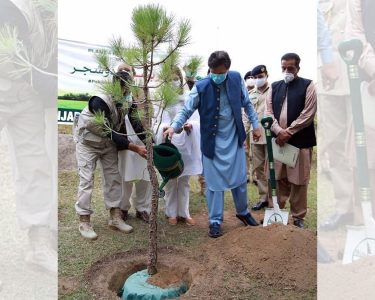Doxel a startup that came out of stealth this week –with a US $4.5 million funding round– is making construction cheaper. Their secret is combining large amounts of data with deep learning techniques.
Doxel, using lidar-equipped robots, scans construction sites everyday to monitor the way things are progressing, tracking what gets installed and whether it’s the right thing at the right time in the right place. Doxel has managed to increase labor productivity on the project by a staggering 38%.
The concept behind this startup is straightforward enough: Construction projects have plans, budgets and timelines as well. If you don’t give up the plan, the budget and timeline should be a thing most expected. But construction projects with plans budgets and timelines depend on a big pile of humans doing exactly what they are supposed to do, and we know how that happens. Having that in mind, it may or may not surprise you to learn that 98% of large construction projects are delivered -on average- 80% over budget and 20 months behind the schedule. Experts say productivity in the construction industry get not improved significantly in 80 years.
A big part of the dilemma is simply keeping track of what is done. The industry currently does this by sending people around with clipboards & tape measures, because throwing more people at a problem caused by humans is the best idea. And Doxel’s idea is to entirely get rid of the humans, and rely on data, and robots.
Doxel focuses on what is going on inside a construction site, since that is the place the majority of the complicated stuff happens. Once the construction site gets shut down for the day, Doxel sends a cute little autonomous robot in, with an excellent lidar on it to scan the entire site. The robot has no problem to follow prescheduled paths including stairs, and only one of these little things can scan almost 30,000 square meters over in a week.
When the robot is finished, it sends all the data to the cloud, to get it chewed on by Doxel’s 3D semantic deep learning algorithms, trained to recognize all kinds of components based on shape, and location, as well as size.
The accuracy of the lidar map allows them to verify that the right things have been installed correctly in the right place. In case they have, Doxel can quantify that progress, and if they have not, it can send in the killbots. Or, they can let managers know to get steps taken to fix things immediately.
According to Doxel’s recent case study the robot could autonomously scan in 4.5 hours, every day. There was an increase of labor productivity of 38% over the original estimate in the project budget, resulting in the project as a whole coming in 11% under budget.
Doxel is mostly about interpreting the data they collect, while the robots are simply the efficient and cost effective way to go about it. The company is also utilising drones in a limited capacity right now, since they need human supervision, but it is easy to imagine how much more efficient this process could get with improved robotic autonomy.




